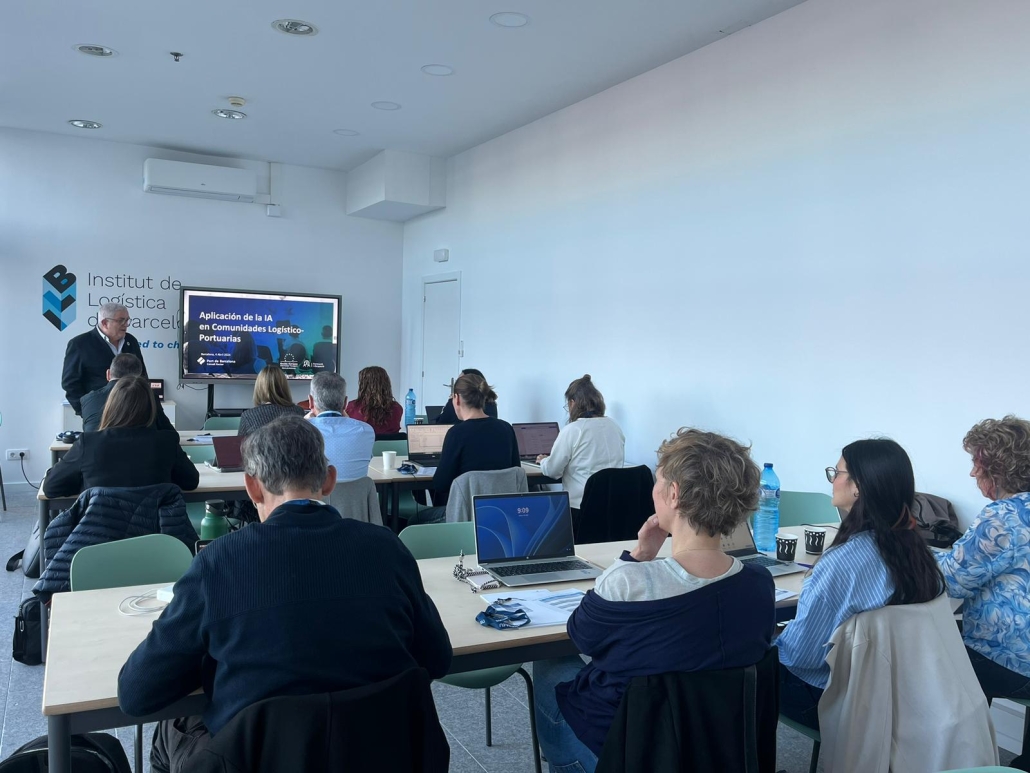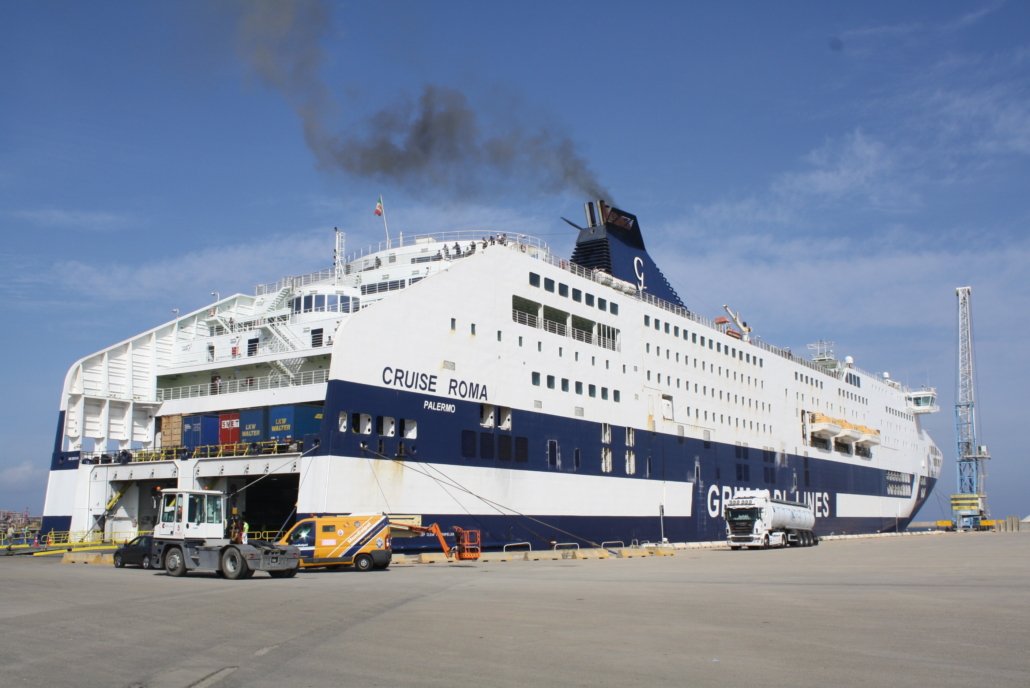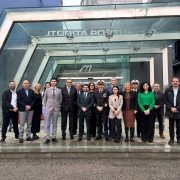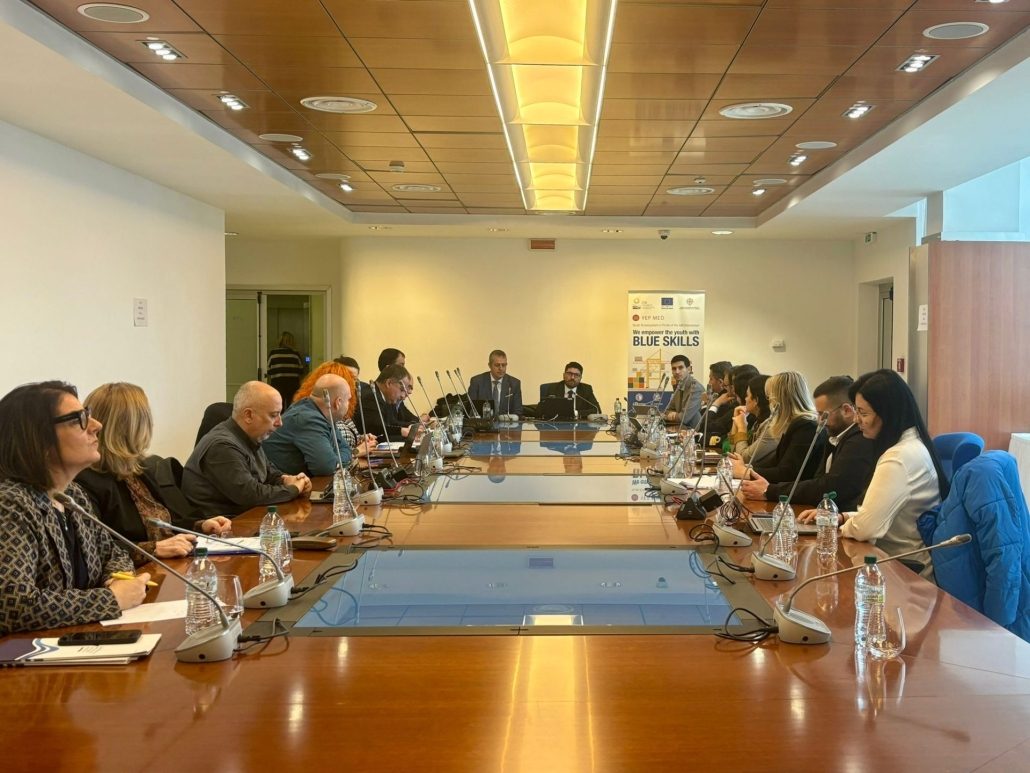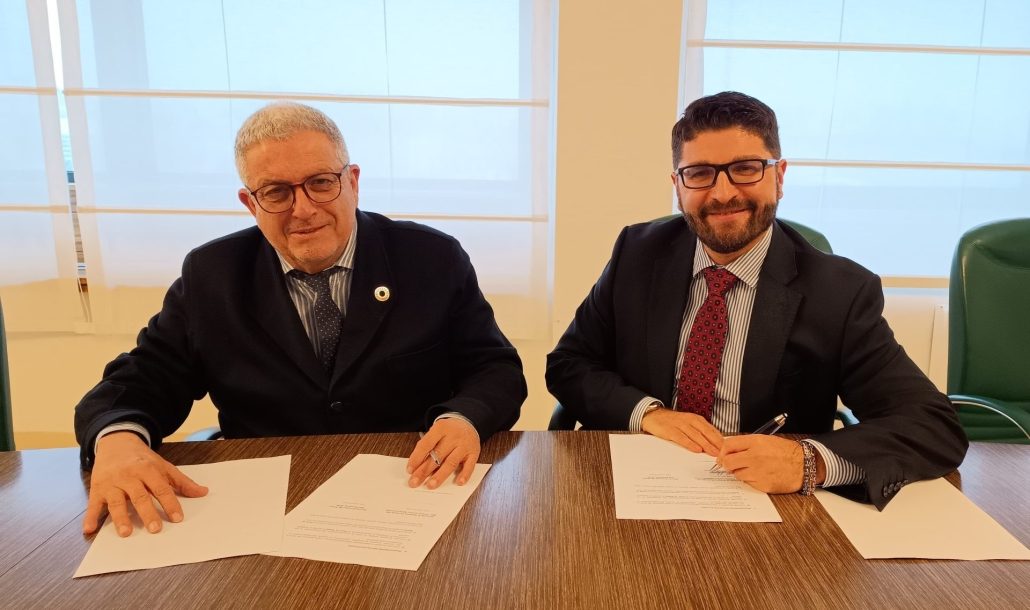Navigating the Future: AI’s Impact on Marketing and Sales within the Port Logistics Industry


Written by: Lidia Slawinska, Digital Communication Manager – Escola Europea
As marketing and sales professionals, we’re always on the lookout for the next big thing that can revolutionize the way we connect with our audience, streamline our operations, and optimize our strategies for the ever-evolving market demands. Over the past few years, one technological advancement has stood out not just as a tool but as a transformative force reshaping our professional landscape: Artificial Intelligence (AI).
The Dawn of AI in Marketing and Sales
My introduction to AI wasn’t through a dramatic unveiling; it was through a growing realization of its subtle integration into our everyday tools and processes. AI began as a helping hand in analyzing customer data, offering insights that were previously buried in spreadsheets and databases. Analytics software integrated into nearly all CRM (Customer Relationship Management) and CMS (Content Management Systems) tools have become indispensable, transforming raw data into actionable insights with the click of a button. Google’s AI-powered algorithms have optimized our ad placements, ensuring our marketing messages reach the right audience at the right time.
But it was when AI started offering predictive capabilities that I truly grasped its potential. Predictive analytics tools, such as those offered by IBM Watson, have enabled marketers to forecast market trends and customer behaviour with surprising accuracy. This foresight has been game-changing in planning marketing and sales strategies, allowing for proactive rather than reactive approaches.
The AI Edge in the Port Logistic Industry
Working in the marketing and sales sphere of the port logistic industry presented unique challenges, from the complexity of logistics to the diverse needs of our clientele. AI became the beacon of innovation we needed. Here are several ways AI has transformed our marketing and sales approaches:
- Predictive Analytics for Demand Forecasting: AI’s ability to sift through and analyze data has been instrumental in predicting demand fluctuations for port services. This predictive insight allows us to tailor our marketing efforts, ensuring they are both timely and relevant.
- Enhanced Customer Segmentation: The granularity with which AI can segment our audience is unparalleled. By understanding the specific needs and behaviors of different user groups, we can craft more effective and targeted marketing campaigns.
- Personalized Customer Experiences: AI has enabled us to move beyond one-size-fits-all marketing messages. Through machine learning algorithms, we’re now able to personalize communications and offers, significantly improving engagement rates and customer satisfaction.
- Efficient Operations Through Automation: From automating routine tasks to optimizing ad placements, AI has freed our team to focus on more strategic and creative initiatives. This efficiency gain is not just about doing more with less; it’s about doing better.
Navigating the Challenges
The integration of AI into our marketing and sales strategies has not been without its challenges. Data privacy concerns, the need for clean and comprehensive data sets, and the ongoing battle against algorithm bias are hurdles we continue to navigate. However, the potential benefits far outweigh these obstacles, pushing us to innovate and improve continually.
A Glimpse into the Future
Looking ahead, the potential of AI in marketing seems limitless. We’re on the brink of adopting AI for content creation, where tools like OpenAI’s GPT can generate engaging and relevant content tailored to our audience’s interests. Imagine automated market reports, blog posts, and even social media updates that resonate with our audience, crafted at the push of a button.
Moreover, the advent of augmented reality (AR) and AI offers exciting new platforms for interactive marketing. AR port tours or virtual product demonstrations could become standard marketing tools, offering immersive experiences that were once the realm of science fiction.
Embarking on the AI Journey
For my fellow marketers eager to embark on this AI journey, the first step is education. Familiarize yourself with the basics of AI and its applications in marketing. Engage with platforms like Coursera or edX, and explore AI tools tailored to marketing and sales needs. Remember, the journey into AI is not a solo venture. Collaborate with your IT department, consult with AI experts, and most importantly, stay curious and open to the transformative potential AI holds.
In conclusion, AI in marketing and sales is not just a trend; it’s the future. With the objective of further exploring this trend, the Escola Europea – Intermodal Transport is offering a course on the applications of AI in marketing and sales, with a special focus on the port environment. Scheduled for the 27th of May, this course is part of a series of four sessions aimed at dissecting the impacts of artificial intelligence in port operations. It represents a valuable resource for professionals seeking to deepen their understanding of AI’s role in transforming marketing strategies and commercial activities in the port sector.
For those interested in participating or seeking additional information, please contact the organizers at the Escola Europea – Intermodal Transport. This course provides an opportunity to explore the practical applications of AI in a specialized context, contributing to the ongoing development of marketing professionals in the port logistic industry.
Today, we have a unique opportunity to leverage these advancements, transforming challenges into opportunities and set new benchmarks for excellence in our field. The journey has just begun, and I, for one, am excited to see where it takes us.




